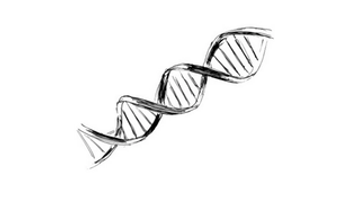
Shreyaskumar R. Patel, MD: Principle Treatment Goals for This Patient
What are the principle treatment goals for this patient with advanced, invasive myxoid liposarcoma?
When this patient first presented, they had a very large 20 centimeter radiographical tumor located within the lower extremity. It appears, while not specified, that the staging workup would have not picked up any metastatic disease. In this patient, who would otherwise be classified as AGCC stage III tumor, the goal is always cure. This is more of a general statement, that the intent or the goal is always cure. That’s what the patient wants and that’s what the treating team wants. What varies is the probability with which you can achieve it.
For stage III tumors, if you look at the data, there is a 50/50 probability that the patient will do well for three to five years and beyond. This is clearly a very heterogeneous group because what determines stage III is a tumor size that’s greater than 5 centimeters in size alongside high-grade and the location to the investing fascia. In a patient with a 20 centimeter tumor, clearly the probability of recurrence is much higher than just 50%.
The intent would always be cure and this is where the debate about multimodality therapy, should one incorporate neoadjuvant or adjuvant systemic chemotherapy, continues on. The patient obviously was treated with what’s accepted universally as the standard of care which would be a combination of radiation therapy and surgery to extirpate the local disease.
CASE: Soft-Tissue Sarcoma Case 2
Michael C is a 59-year-old social worker from Los Angeles California; his medical history is notable for obesity, COPD, and mild hypertension.
- In January of 2014, he presents to his PCP with complaints of right lower leg pain of several weeks’ duration
- Physical exam was unremarkable except for swelling of the lower right calf; x-ray of the affected leg was negative for fracture
- MRI scan of the lower right calf showed a 20 cm well defined lobular mass arising between the gastrocnemius and soleus
- Biopsy of the mass showed myxoid liposarcoma with round cell component. Patient underwent en bloc resection of the tumor following preoperative radiotherapy
- Gross examination showed the tumor to be 10 × 8 × 15 cm with gelatinous brownish appearance
In September of 2014, Michael returns for follow up and his CT scan shows a 4 cm posterior mediastinal mass, and a 6 cm perinephric mass suspicious for metastatic disease. He initiates treatment with anthracycline and ifosfamide chemotherapy (6 cycles) for recurrent disease and shows a partial response.
- In May of 2015, he returns for follow up with intermittent chest and lower back pain; CT scan is consistent with progression of the mediastinal and perinephric masses, and bone scan shows new lesions occurring in the L2 and L3 lumbar vertebrae
- At recurrence, liver and renal function and CBC are within normal limits, and his ECOG performance status is 1
- He received treatment with trabectedin (1.5 mg/m2 24-hr infusion given every 3 week)
- At the 2nd cycle he develops febrile neutropenia (ANC< 500 cells/mm3) requiring hospitalization
- The oncologist reduces his trabectedin dose to 1.2 mg/m2; he continues therapy
- Within 1 week, he shows clinical improvement and CT scan shows slight improvement









































